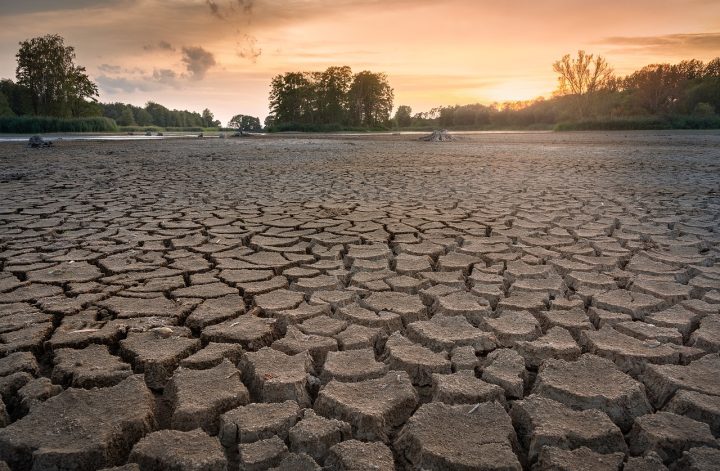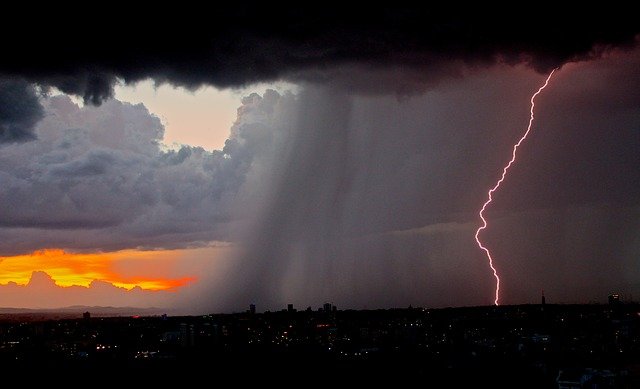Pakistan is facing a drought-like situation in 2025 due to scarce rainfall and snowfall. The Pakistan Meteorological Department (PMD) has warned of significantly lower than normal precipitation across the country. This has raised concerns about water availability for agriculture, drinking, and other uses. The lack of snowfall in mountainous regions could also impact river flows […]
Twin Cities ISB-RWL Cloudburst Explained –Causes and Effects
In Pakistan, huge amounts of rainfall and thunderstorms usually occur during the Monsoon season, which are sometimes accompanied by Cloudbursts and this is exactly what happened on 28th July in the Twin Cities. It has been reported that the two cities of Rawalpindi and Islamabad have been the recipients of the highest amount of rain […]


